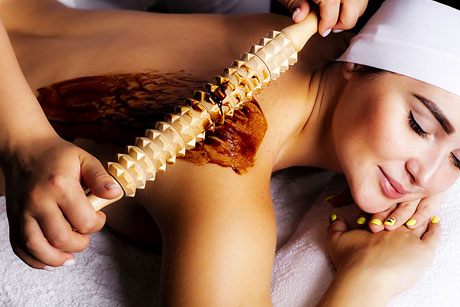Veneers are a popular choice in cosmetic dentistry when enhancing one’s smile. Despite its widespread acceptance, various misconceptions surrounding this dental procedure may deter individuals from exploring its benefits. This blog post will delve into common myths about veneer porcelain, debunking these misunderstandings to provide a clearer picture of this transformative dental solution.
Myth 1: Veneer Porcelain Looks Unnatural
Debunking the Myth
One of the prevailing myths about veneer porcelain is that it produces an unnatural and artificial appearance. In reality, dental technology advancements have significantly improved veneers’ aesthetics. Modern veneer porcelain closely mimics real teeth’ natural translucency and colour variations. Skilled dentists work meticulously to customise veneers, ensuring they seamlessly blend with the patient’s natural teeth, creating a harmonious and authentic smile.
Myth 2: Veneers are Only for Aesthetic Purposes
Debunking the Myth
While veneer porcelain is renowned for its cosmetic benefits, it’s important to recognise that it serves more than just aesthetic purposes. Veneers can address dental issues, including chipped, stained, or misaligned teeth. Additionally, veneers provide structural support, reinforcing weakened teeth and improving oral health. Therefore, considering veneers as a cosmetic enhancement undermines their broader functional significance.
Myth 3: Veneer Porcelain is a Painful Procedure
Debunking the Myth
The fear of pain often deters individuals from seeking dental treatments, including veneer porcelain. Contrary to this belief, the process of getting veneers is generally painless. Dentists prioritise patient comfort and employ local anesthesia to ensure a pain-free experience during the preparation and bonding phases. Additionally, advancements in dental technology and techniques have significantly reduced discomfort and recovery times associated with veneer procedures.
Myth 4: Veneers Require Excessive Tooth Reduction
Debunking the Myth
Another misconception revolves around the idea that getting veneer porcelain requires excessive removal of natural tooth structure. In reality, minimal tooth reduction is often sufficient for successfully applying veneers. Modern techniques prioritise preserving as much natural tooth enamel as possible while achieving the desired cosmetic and functional outcomes. Dentists work precisely, ensuring the tooth reduction process is conservative and tailored to each patient’s needs.
Myth 5: Veneers are High-Maintenance and Prone to Damage
Debunking the Myth
Some individuals hesitate to opt for veneer porcelain due to concerns about maintenance and durability. Contrarily, veneers are known for their resilience and low maintenance requirements. With proper oral hygiene practices, such as regular brushing, flossing, and routine dental check-ups, veneers can last many years. While they may not be indestructible, avoiding habits like teeth grinding and biting on hard objects can significantly prolong the lifespan of veneer restorations.
Myth 6: Veneer Porcelain Stains Easily
Debunking the Myth
Staining is a common concern associated with dental procedures, and veneer porcelain is no exception. However, modern veneer materials are designed to resist stains and discolouration. Patients are often advised to minimise the consumption of highly pigmented foods and beverages, such as coffee and red wine, to maintain the vibrancy of their veneers. Regular professional cleanings by a dental hygienist can further help prevent staining and ensure the longevity of the veneer’s natural appearance.
Myth 7: Veneers are Only for Celebrities
Debunking the Myth
Veneer porcelain has gained popularity, leading to the misconception that it’s exclusively for celebrities. Veneers are accessible to a broad spectrum of individuals seeking smile enhancements. Many reputable dental practices offer affordable veneer options, and porcelain veneers cost in Sydney make this transformative treatment accessible to a wider audience. Veneers are not just a luxury reserved for the elite but a viable solution for anyone looking to improve the aesthetics of their smile.
Closing Words
Dispelling the myths surrounding veneers is crucial for individuals considering cosmetic dentistry to make informed decisions about their oral health. Veneers offer a versatile and effective solution for dental concerns, combining aesthetic improvement with functional benefits. As technology advances, veneer porcelain remains at the forefront of cosmetic dentistry, providing individuals with a reliable and transformative option for achieving their desired smiles.
